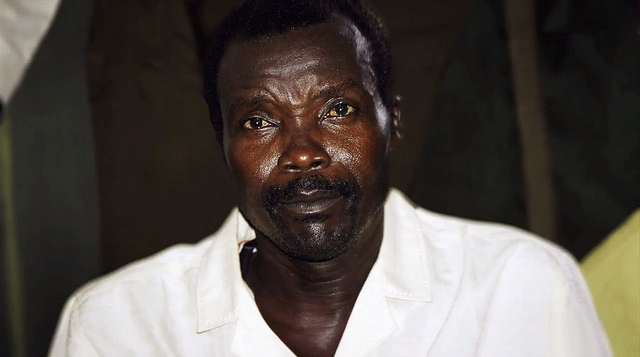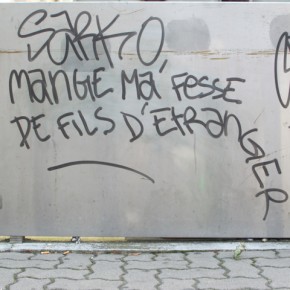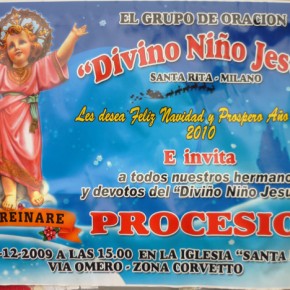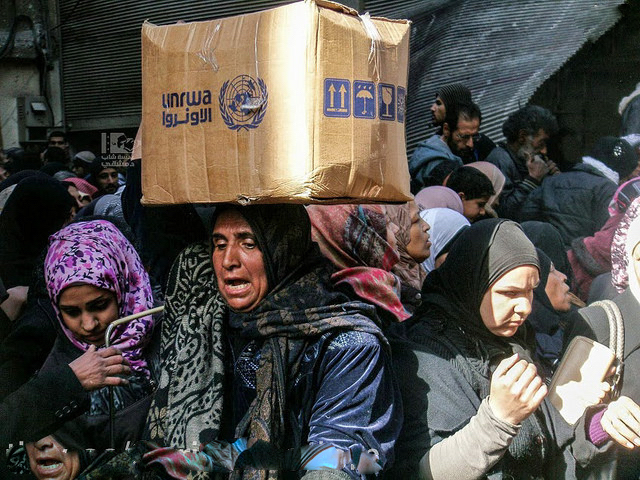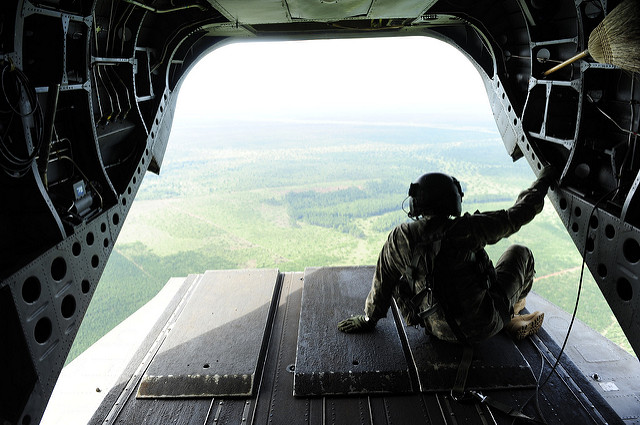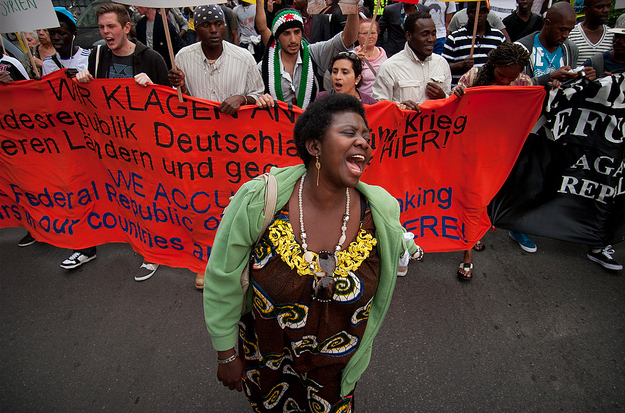Given its viral success, it might be redundant to explain that Kony 2012 refers to both the Invisible Children campaign, and a documentary centrepiece designed to promote celebrity warlord Joseph Kony. Already indicted for crimes against humanity by the International Criminal Court, the Ugandan’s capture is now sought, ostensibly through military intervention. Since the posting of the video on 5 March, it has received over 50 million views and within 72 hours had achieved approximately 10 million tweets.
Not all the attention has been positive, however, as Invisible Children has aroused considerable criticism, through blogs, tumblrs and, as the Internet would have it, memes (the Kony is Coming picture.) Many posts clarify the muddied or incorrect details provided in the campaign materials. Others question the goal of pressing for support of the Ugandan army, an aim that may not curtail violence against civilians. How will this work if Kony is out of Uganda, and the U.S. troops sent to find him have failed thus far? Questions of best practice extend to the organisation, as its infrastructure, finances and on the ground presence in Uganda undergo public scrutiny.
In some ways, one can already claim a beneficial impact from this campaign, regardless of how one feels about the organisation behind it. A genuine public sphere—a place for debate and discussion—has emerged around this topic, allowing for the challenge and clarification of positions and politics, and instruction on how to vet a charity and its sensationalistic publicity endeavors.
The promotional strategies are what interest me, in particular the documentary driving this present campaign. Some identify its simplistic message, or its Hollywood slickness a reason for its popularity. This can go some way to explaining the surprising success of a video almost three times the length of typical online advocacy video at its longest. (Kony 2012 boasts a running time of 29 minutes.)
More often than not, such videos are short, aiming to provide their message through the public service announcement with a running time of 30-60-90 seconds (easily transported to television,) or a music video of 3-5 minutes, or, sometimes, a short documentary running up to 10 minutes—a constraint that may suggest the parameters of YouTube in its earlier days, with no post running longer than 9 minutes.
Other factors make a long-running documentary problematic. Not only does bandwidth pose a problem. Requesting a half-hour investment is a big request in a fraught viewing context where multiple windows and screens vie for a viewer’s attention.
Throughout the documentary, and implicit in the campaign, is an emphasis on the power of visibility. The campaign’s name, Invisible Children, suggests something hidden—the plight of child soldiers—that is brought to light. The aim of the video and its promotional push is to make Kony ‘famous’. Underlying these efforts is the expectation that exposure leads to justice. The appeal is understandable, both for its consciousness-raising intent, and its indulgence of human rights discourses. Human Rights Watch and WITNESS, for instance, highlight visuality in their titles, and in such logos as ‘See it. Film it. Change it.’
As has already been cuttingly demonstrated in the blog, Wronging Rights with their The Definitive Kony 2012 Drinking Game, the documentary is open to criticism. To wit, the video loosely draws links between Kony’s media visibility and grassroots political activism, arguing that the student groundswell of interest provided the pressure that helped secure meetings with U.S. decision makers. However, it does so by accessing such deplorable, conventional tropes as ‘Africa in Crisis’ and the ‘White Saviour’, which undermines even the best intentions as they cater to the narcissistic bias, and cultural identity of first world media – social media, of course, included.
Early in Kony 2012, we see a home video of the filmmaker and activist Jason Russell witnessing the caesarean birth of his son, Gavin. Russell’s voiceover explains that this is the start of all human life. This would seem charming enough as he endeavours to forge a connection between his life and the word, but in some ways, it does more to secure the focal point of all identification in a white American, male body. Or rather, two bodies as their YouTube home movie sequence, in which we learn of Gavin’s love of filming and being a star, highlights their prominence as image-maker and subject.
Although the uses of social media as ‘connective’ force are referenced at the start, through glimpses of demonstrations from Arab Spring or families using Skype, these are significantly shorter than Russell’s personal story. They are presented without context, and the montage is placed into the service of Russell’s story, not the own story of social media and revolution.
The prominence of the Russells grows, as the documentary explores their pleasure in making and starring in their own videos. This, notably, is linked to both YouTube and Facebook, through the camera being pulled back, revealing the movie to be embedded on YouTube, or in a Facebook timeline. If not already ensured through the use of first person narration. One could be absolutely sure that this is their story.
The presence of others within the otherwise personal narrative predominates throughout the film. It becomes particularly troubling when dealing with those brutalised by Kony and the conflict in Uganda. Most victims are depicted as nameless, silent bodies lying on a cold ground or appearing in stylised recreations of abductions that take place in a place all too often referred to as simply ‘Africa’. Neither people nor places receive names.
Or rather, not all do. Jacob [Acaye], Jason and Gavin’s ‘friend in Africa’ receives a name, but his voice is limited to Russell’s perspective. We wouldn’t know him outside of it. Another home video shows Russell asking his son about the identity of a person in a photograph, while the voiceover explains that this was another boy who changed his life. As Gavin speaks, the image shifts, and this home video is now playing, a video embedded on a Facebook timeline; the image freezes on Jacob’s face, isolated among the status updates regarding Russell’s frantic schedule. This aesthetic of locating all diegetic activity on a YouTube or Facebook page situates these activities within the context of the personal. This can be effective in some ways, showing the proximity to external, political events enabled though social media. It can be controlling and limiting in others, though.
The limitations become clear in a sequence that follows, as Russell skips down his Facebook timeline to 2003, when he first met Jacob, who was running for his life. The video interview is troubling at best, and not simply for the ethical issues of using human subjects in research. The testimony he gives is devastating, and an occasion to foster empathy; or rather, it would be if the interviewer did not intervene and interrupt so many times, asking Jacob to repeat his expressions of despair until the boy breaks down in tears. Rather than give the audience the chance to listen to this boy’s voice, the interview aids in presenting a person so traumatised as to limit his freedom, making him the subject for human rights advocacy—and in this case, subject to Jason’s greater freedoms, and human rights activism. He makes the promise to do everything he can to stop the Kony-led Lord’s Resistance Army.
At another point, Russell explains the scale of the violence over the digital multiplication of silent masses. He narrates the circumstances of the politics and their mission over African bodies on screen, circumscribing them within his distinct voice, and their respective anonymity. There is a gesture to sharing the individualism granted to the filmmaker when the camera closes in on Jacob, as one of those masses, but it’s not enough. His is not the voice inviting us into a shared struggle with all those around him. He waits silently and immobile, for someone else—Russell, or the viewer, to act.
These decisions recall the tradition of the victim, a term Brian Winston gave to describe the way the documentaries of John Grierson and the British Documentary Movement (1926-1946) exploited their human subjects, representing them as passive and helpless, awaiting the salvation of the British empire and its institutions.
This is not to say that an institution—in this case Invisible Children—is the sole agent of this film. Indeed, the film clearly hails a college age demographic by showing the many groups gathered together in the struggle. This tactic resonates with what Jane Gaines has called ‘political mimesis’, a link formed between onscreen and offscreen bodies that encourages personal affiliation and replication of the struggle. Frustratingly, there is no encouragement of such affiliation with the African bodies, even when there is a possibility to conduct in depth interviews with the activists and Invisible Children representatives working on the ground in Uganda.
At all turns, the voice of freedom, and responsibility for political action, is given to a distinctly Western body. Not only Russell and his son, not only the speaking masses of activists united in the Anglophone world, but in the other authoritative interviews with John Prendergrast of Enough and Luis Moreno Ocampo, Prosecutor of the International Criminal Court.
It is frustrating that the inspirational calls to action are provided through such individuals, leaving the Ugandans and central Africans to continue be the helpless, the abducted, and the raped. This need not be the case. As there are glimpses of activism on the ground, why not interview the Africans responsible, or give them a chance to discuss what they do rather than to offer thanks to those from outside who have offered to help? This is a challenge of advocacy video, to be sure: to provide testimonies of trauma and requests for help with a struggle whilst maintaining voice and agency is not an easy task. But it is an important one.
In a recent interview, Russell said, ‘No one wants a boring documentary on Africa…Maybe we have to make it pop, and we have to make it cool.’ Does he mean that privileging African voices is boring? That, in order to make something convincing, it must be made by someone from the West? Must an advocacy documentary cater to what has been called the ‘narcissism of pity’, which aggrandises the human rights campaigner in relation to his victimised subject? Must it cater to egocentrism, more broadly, as the cause becomes a means of broadcasting one’s identity on a Facebook wall? I’m less troubled by the sensibilities that goes into making this ‘cool’, and more dismayed by its emphasis upon pity, over such superior political emotions as empathy and solidarity.
Despite my objections to the rhetorical strategies of the documentary, I don’t doubt the potential for online organising. Nor do I dismiss the employment of commercial marketing tactics in marshalling progressive sentiment, and channelling it into effective political action. One can see links between fandom and grassroots activism as communities are united through affinity to drive political change. However, its important to remember the limitations of ‘Liking’ someone’s Facebook status. It’s not an end unto itself. By itself, it has nothing to do with politics, either.
I have yet to purchase one of the documentary’s $30 action packs. For a vetted charity, this could provide a useful way to provide funds for organising and capacity building. The bracelets Invisible Children have started to sell suggest a fascinating project to be followed. Tellingly, they come with numbers to help the organisation ‘track impact’. How they will do this, I don’t know. I confess I am equal parts intrigued, and unsettled. You can understand why. Numbers and tracking, in the context of a documentary name-checking Hitler and referencing crimes against humanity, will do that.
Photograph courtesy of k-ideas. Published under a Creative Commons license.
